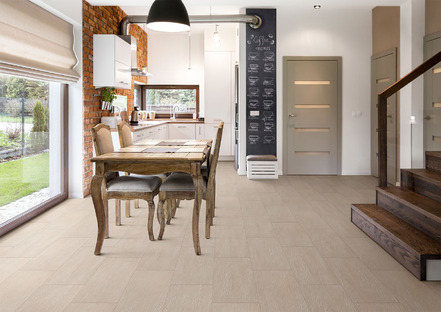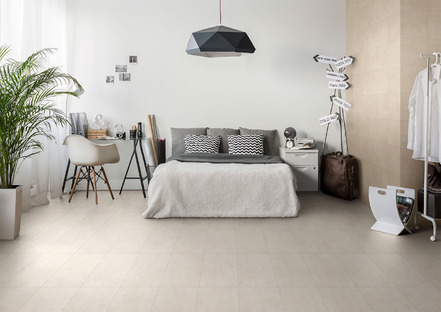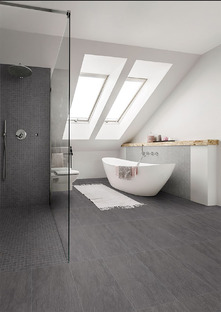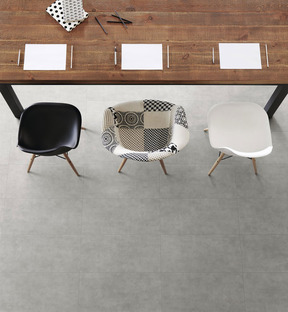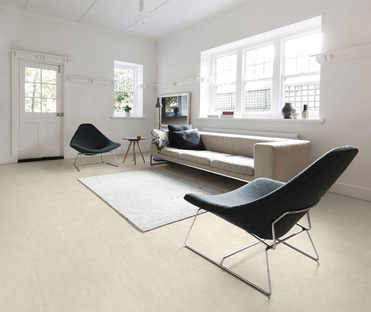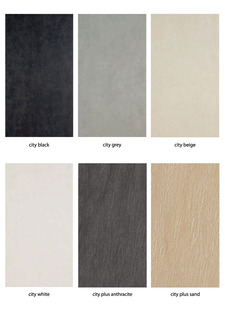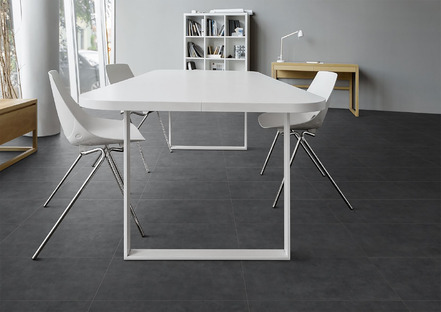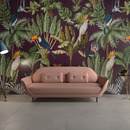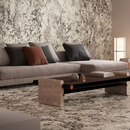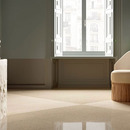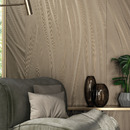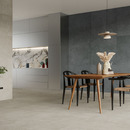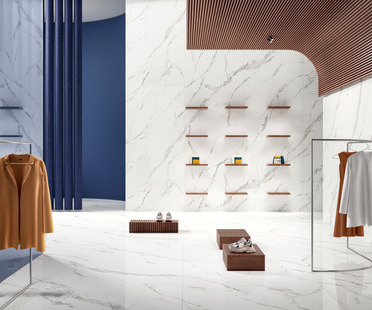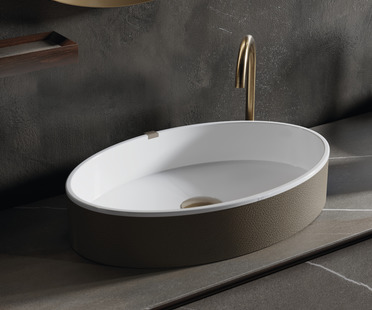19-06-2018
Beauty and versatility: the unique qualities of porcelain
Interior Floor, Design, Classic, contemporary, Exterior Floor,
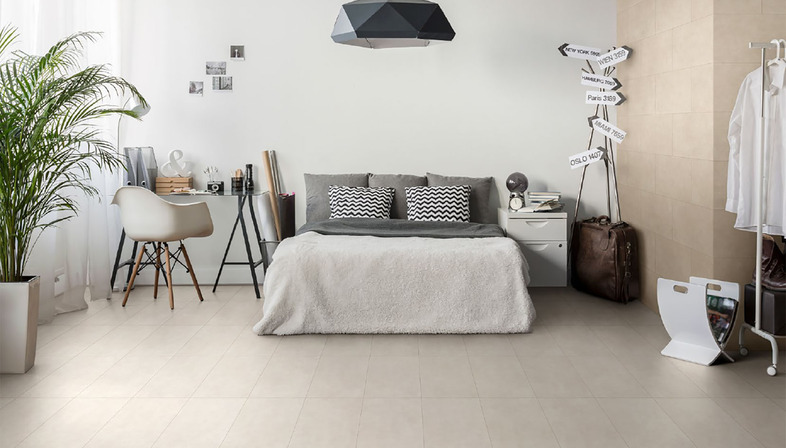
The most widely appreciated qualities of porcelain include the great variety of aesthetic solutions this versatile material can offer architects and designers.
This vast range of different styles with a great variety of effects (stone, wood, marble and resin, among others) have made porcelain an increasingly popular choice for residential and commercial projects alike.
Porcelain suits all kinds of different interior design styles and can continually reinvent itself, from wall covering to flooring and true element of design, adding expressiveness and character to all kinds of indoor and outdoor spaces.
From offices to wellness areas, from home interiors to innovative outdoor surfaces (such as ventilated walls), porcelain conveys the aesthetic features of the chosen style and, above all, preserves it unaltered over time.
All this is made possible by the intrinsic, widely recognised qualities of high-tech porcelain, a material that is homogeneous throughout its entire mass, in which very low water absorbency (less than any other ceramic product on the market) permits resistance to stress, scratching, frost and chemicals, with an unrivalled degree of stability.
Combining furniture with porcelain surfaces plays a key role in creating the real and perceived image of the spaces where tiles are laid.
This is why the design of porcelain tiles includes not only colours and material effects but other elements of key importance, such as size and motifs.
Both sizes and motifs make an essential contribution to determining the look of a space. For instance, larger sizes give flooring a more even, less imposing aesthetic presence, thanks to its greater density and the longer distance between lines of grouting.
Maxi-tiles can cover up to 4.5 square metres with one 300x150 cm porcelain slab, making the gaps between slabs practically imperceptible.
This is a truly important consideration in terms of potential for design.
To create these aspects determining the final image of porcelain (effects, sizes and maxi-sizes, motifs), Iris Ceramica Group, a world leader in the production of new generation ceramic materials, begins with careful selection of "clays, feldspar sands, silicon and quartz: raw materials that are common on the earth’s surface and at no risk of running out".
The production system also includes recycling, in a closed circuit in which "all scrap materials are returned to the production cycle and thus recycled" to make eco-active, bioecological ceramic materials.
These features characterise the production of Porcelaingres, one of the Iris Ceramica Group’s top brands, based in Vetschau, a small town near Berlin.
In a plant where "crushed parts and scrap are recycled, process water is treated and reused, and the energy required for production is produced autonomously," numerous collections are the product of constant dialogue between the customer’s needs and tastes and the designer’s proposal.
In our gallery we display the City collection representing the perfect synthesis of the best aesthetic properties of porcelain described above: starting with a range of 6 colours (Black, White, Grey, Beige, Plus Anthracite and Plus Sand), the City collection stands out for its versatility and ability to blend in with both classic and contemporary settings.
Marco Privato










